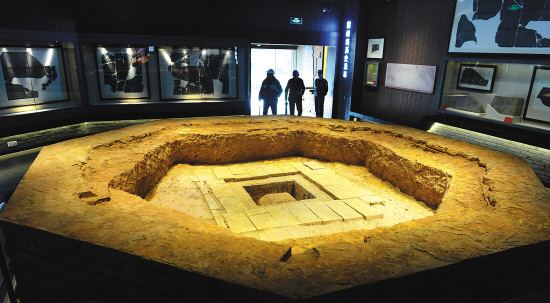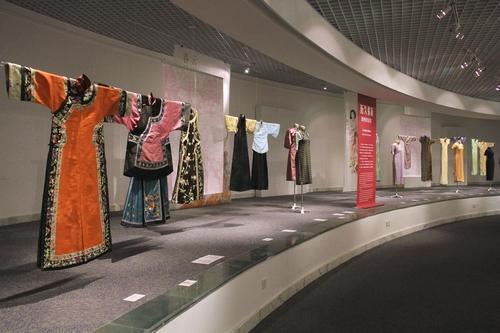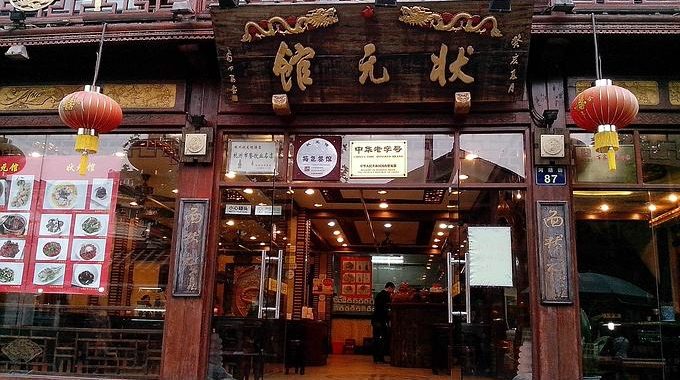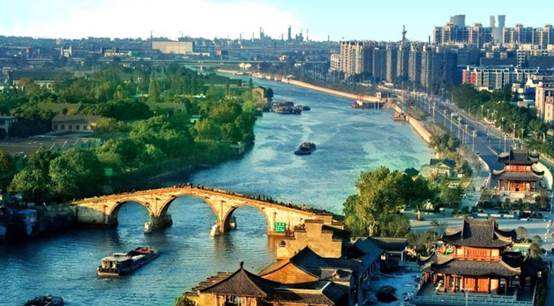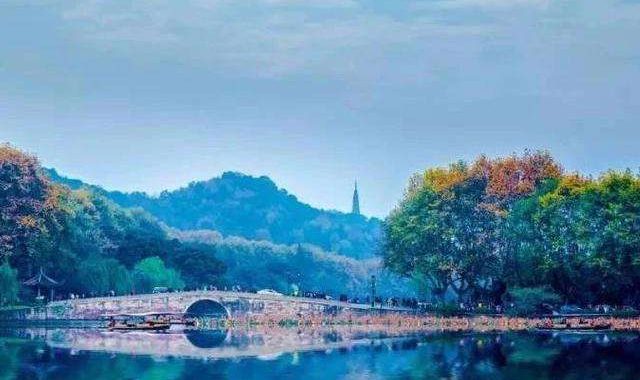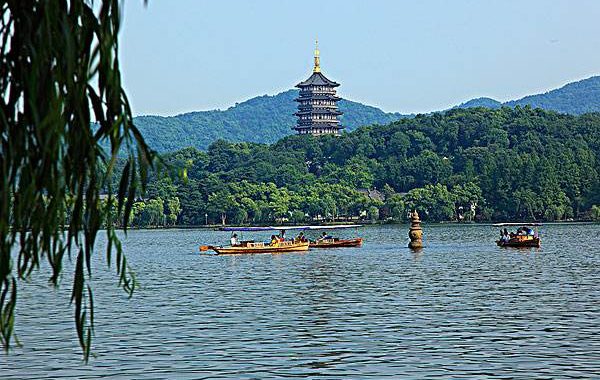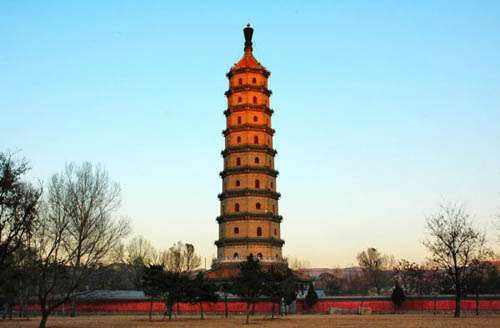History of Hangzhou
4 min readHangzhou lies on the north bank of the lower reach of the Qiantang River and at the south point of the Hangjia Plain.Seeing the current bustling scenes of the city,perhaps none could imagine the city was just a few small islands in a shallow bay in the distant past and has a recorded history of more than 2,000 years.
Throughout the history,Hangzhou had several different names:Qiantang,Lin’an and Yuhang.A story tells the origin of the last one.After Dayu(a leader in the primitive society)successfully harnessed the overflowing rivers,he went to Huiji Hi1l to meet his dukes.When he passed by the shallow bay,he rowed a boat to one of those small islands.In ancient Chinese,”hang”means”boat”and thus the place where Dayu landed was called Yuhang.After thousands of years,”Yu”was changed into “Yu”.Though it is impossible to verify whether the story is true or not,the name remained in use for hundreds of years.
Bird’s eye view of Hangzhou
In the Spring and Autumn period as well as the Warring States period,today’s Hangzhou was just the northern borderland of the state of Yue.After Yue was defeated by Chu,the borderland became Chu’s possessions.The first historical record of Hangzhou could be found in the Qin dynasty.After Emperor Qinshihuangdefeated all the other states and unified China,he set a Huiji prefecture with today’s Suzhou as the seat of government.Qiantang county,today’s Hangzhou,was one of the counties under the jurisdiction of Huiji prefecture.Unfortunately,no historical records have been found to tell the exact location of Qiantang county.
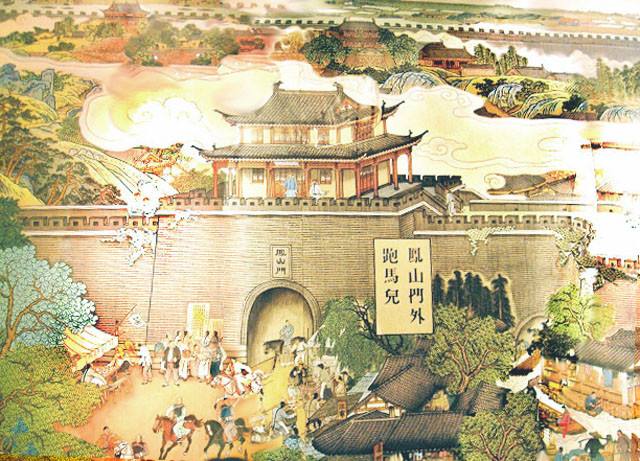
In Western Han,Qiantang County became increasingly important though it was still under Huiji prefecture.When Wang Mang(a royal relative who seized the throne in the late years of Western Han and ruled the dynasty for eight years)was in power,he renamed Qiantang as”Quanting”which was replaced again by Qiantang in the Eastern Han dynasty.In 129 BC,in order to prevent flooding,a dyke named Qian wasbuilt.As for the origin of the name,there is an interesting story.It was said an official named Hua Xin hired some people to carry earth and stone to the riverbank,promising money would be given to those people.Thus,they worked very hard and a great deal of earth and stone was piled up just after a few days;but Hua Xin refused to honor his promise.People were so angry that they pour all the earth and stone onto the ground.Thus a dyke was formed and people named it Qian(”Qian”in Chinese means money).
After the Han dynasty and before Sui,the north of China was literally a big battlefield.As people fled from the north to the south,Qiantang county gradually developed into an important county which was finally promoted to prefecture by the Chen(557-589)in Southern Dynasties.
The first historical record of Hangzhou as the name of the city is found in the Sui dynasty.In 589,Emperor Wen of the Sui dynasty defeated Chen and unified China.
Then he ordered to abandon Qiantang prefecture and named that area as Hangzhou with Yuhang county as the seat of the government. In 591, the seat of the government was moved from Yuhang county to Liupu at the foot of the Phoenix Mountain. In the following year,a new city was built to the west of Liupu and this is embryo of today’s Hangzhou. After the Grand Canal was put into use,a direct waterway connected Hangzhou and Luoyang which was then the secondary capital of the Sui dynasty. Thanks to that, Hangzhou gradually developed into a city of commercial significance.
In the late years of the Tang dynasty,a military commissioner Qian Liu was promoted to be the prince of Wuyue. After he chose Hangzhou as his capital, he ordered a large scale reconstruction of the city in 910, providing a solid underpinning of its future development. Among all the contributions he did, the mostnoteworthy one is the Haitang Dyke which effectively prevented Hangzhou from being flooded by the tide and thus guaranteed a favorable environment for economic development.

The layout of streets, rivers, markets and residential houses were carefully planned before they were built or rebuilt. During this period, no longer ravaged by wars, people were able to restore production. As a result, economic activities and foreign trade developed by leaps and bounds.
In the Northern Song dynasty, Hangzhou, the provincial capital, still enjoyed a prosperous economy and remained a metropolis in southeast China. After Northern Song was defeated by the Jin dynasty, Zhao Gou announced the establishment of the Southern Song dynasty and finally made Hangzhou the capital of Southern Song in 1138. For the first time in history Hangzhou became a feudal capital and remained so for more than 150 years.
In the late years of Southern Song, Hangzhou became a national political, economic and cultural center.
In the Yuan dynasty, though Lin’ an (present Hangzhou) was no longer a national political center, it remained a metropolis in southeast China, an important port for foreign trade and the biggest handicraft industry center in south China. In his travel journal, Marco Polo described Hangzhou as “a city in heaven”and “the world’s most beautiful and most gorgeous city”. In the Ming and Qing dynasties, Hangzhou became a national center for cotton textile industry and one of the important commerce cities. In the Qing dynasty, Hangzhou became the best silk producer across the country. Shipbuilding industry was well developed as well in that the loading capacity of a ship was as high as a thousand tons.

